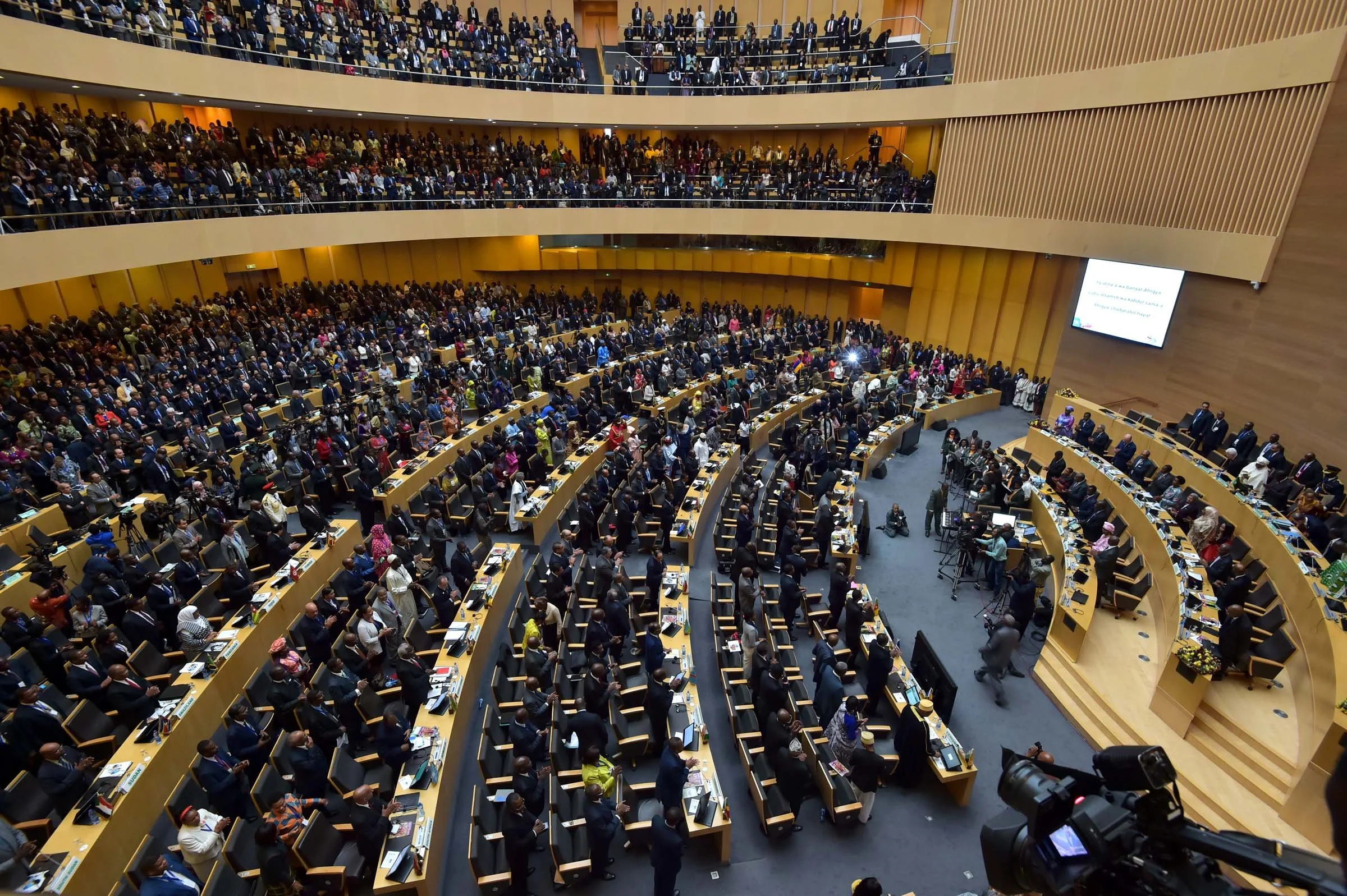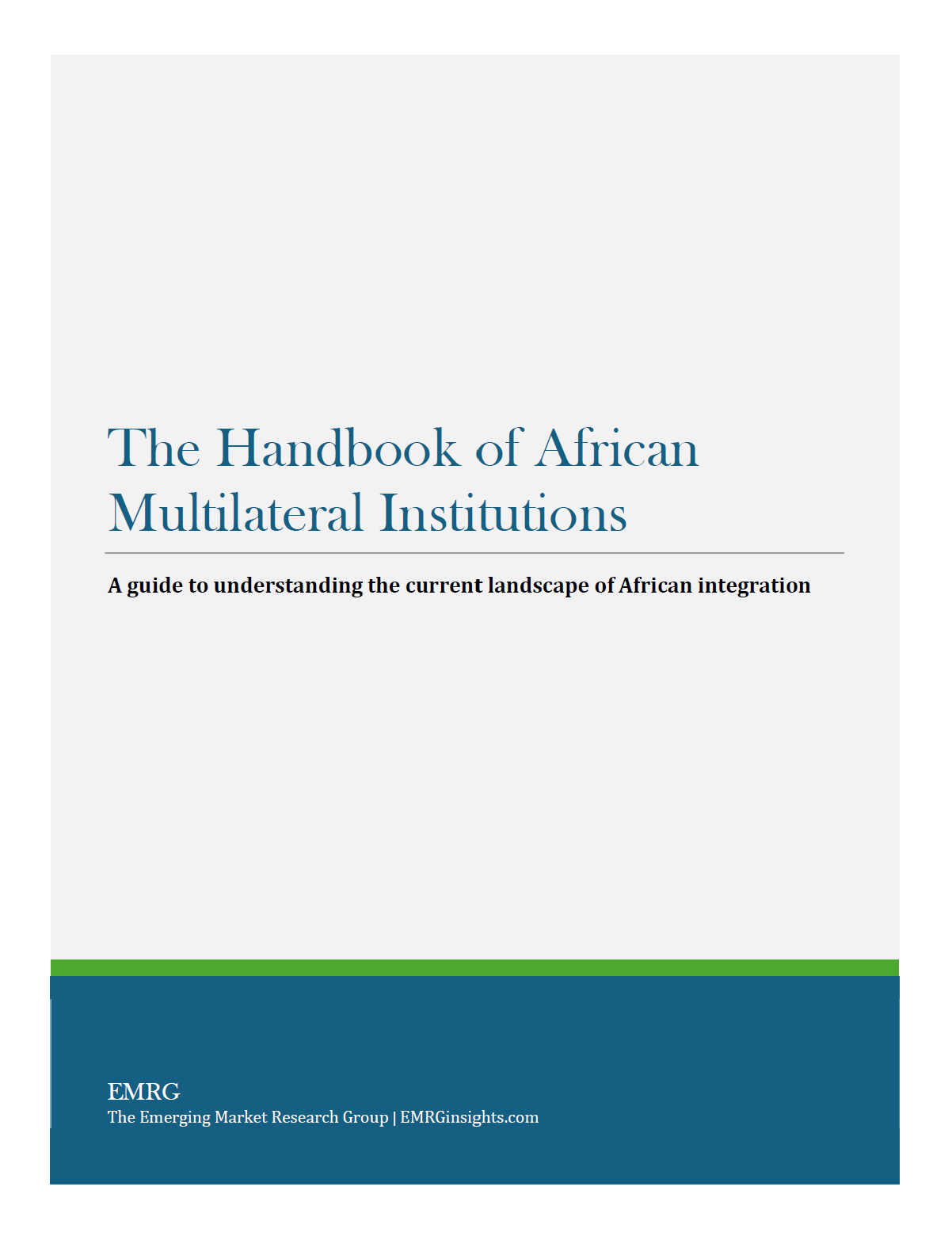
The Handbook of African Multilateral Institutions:
A guide to understanding the current landscape of African integration
How to use the Handbook
What is the Handbook? The Handbook is a map and not a destination. All of the information here is publicly available but I’m not sure it exists compiled in this form. Also, the Handbook is meant to be a living document and will be periodically updated with additional information.
Who is the Handbook for? This guide is useful for anyone with an interest in African multilateral institutions and the project of African integration, but especially for:
Investors and entrepreneurs looking to understand Africa’s institutional landscape.
Development professionals and policymakers who wish to understand regional integration and investment promotion efforts.
Researchers and students who want a structured overview of African multilateralism and sources for reliable data.
How should you use the Handbook? The value you find in this guide depends on who you are and what you are looking for.
New to Africa? Begin with Part 1 for background on the key institutions.
Interested in trade and integration? See Part 2 on the African Continental Free Trade Area and Regional Economic Communities.
Looking for reliable research and data? Go to Part 3 and Annex II.
Looking for financial and technical resources? Go to Part 4 and Annex III.
Executive Summary:
The Handbook of African Multilateral Institutions, or simply the Handbook, is a guide to the landscape of African multilateral organizations, initiatives, and resources. The goals of the Handbook are twofold: first, to provide a brief introduction to the history and the current framework of African multilateralism; and second, to highlight specific resources available to those working within the continent.
Part 1 offers a brief history of multilateralism in Africa and a broad overview of existing institutions. Part 2 covers ongoing initiatives in regional integration and economic and commercial development. Part 3 identifies useful research and data resources. And Part 4 highlights financial products and services, technical assistance, and other resources.
Finally, the Handbook ends with an Annex section. Annex I contains a one-page information sheet on all the institutions named in the Handbook; Annex II contains links to research resources; and Annex III provides links to other available resources.
